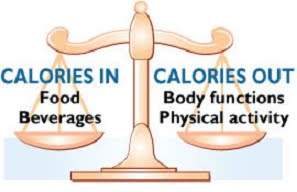Bathroom scales are worthless. Beyond that, they can be detrimental to your emotional well-being and weight loss efforts. Unfortunately, if you are like most people, you tend to get caught up with the number on your scale, the flashing digits that appear, seconds after you stand on it. The number holds a power over you and can change your mood instantly. That number however doesn’t show the whole picture and can fluctuate from day to day based on a variety of factors.
If you want to measure your success on a weight loss or fitness program, there are better ways than the scale. These might include:
Body fat percent – The weight on the scale gives you a number – total body weight; but without knowing how much of that number corresponds to metabolically active lean muscle tissue versus fat, it is useless.
Tape measure - Take your measurements when you begin a new program and record them once a month to monitor your progress. This will be a better indicator than the number on a scale.
How your clothes fit – Do you have a pair of jeans, or favorite top sitting in the back of your closet that you would love to get into again? Use it to measure your progress.
The mirror – seeing is believing. If you can see in the mirror changes that are taking place, if people are telling you they can see a difference, believe them.
If you feel you must weigh yourself, do so at most once a week. But stop obsessing over the number on the scale and be sure not to let it affect your motivation, goals or weight loss efforts. If you are feeling better, sleeping better and have more energy, these are far better indicators than what a number on the scale represents.
Have you found yourself obsessing over the number on the scale? Do you find it to be a motivating or discouraging tool?












